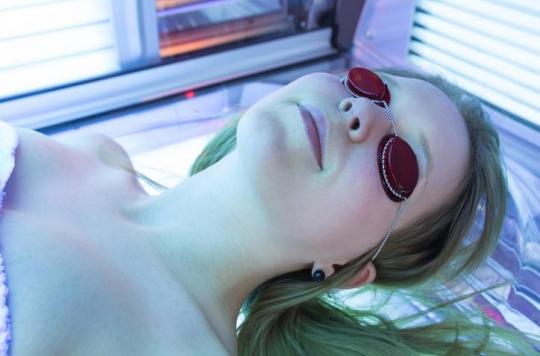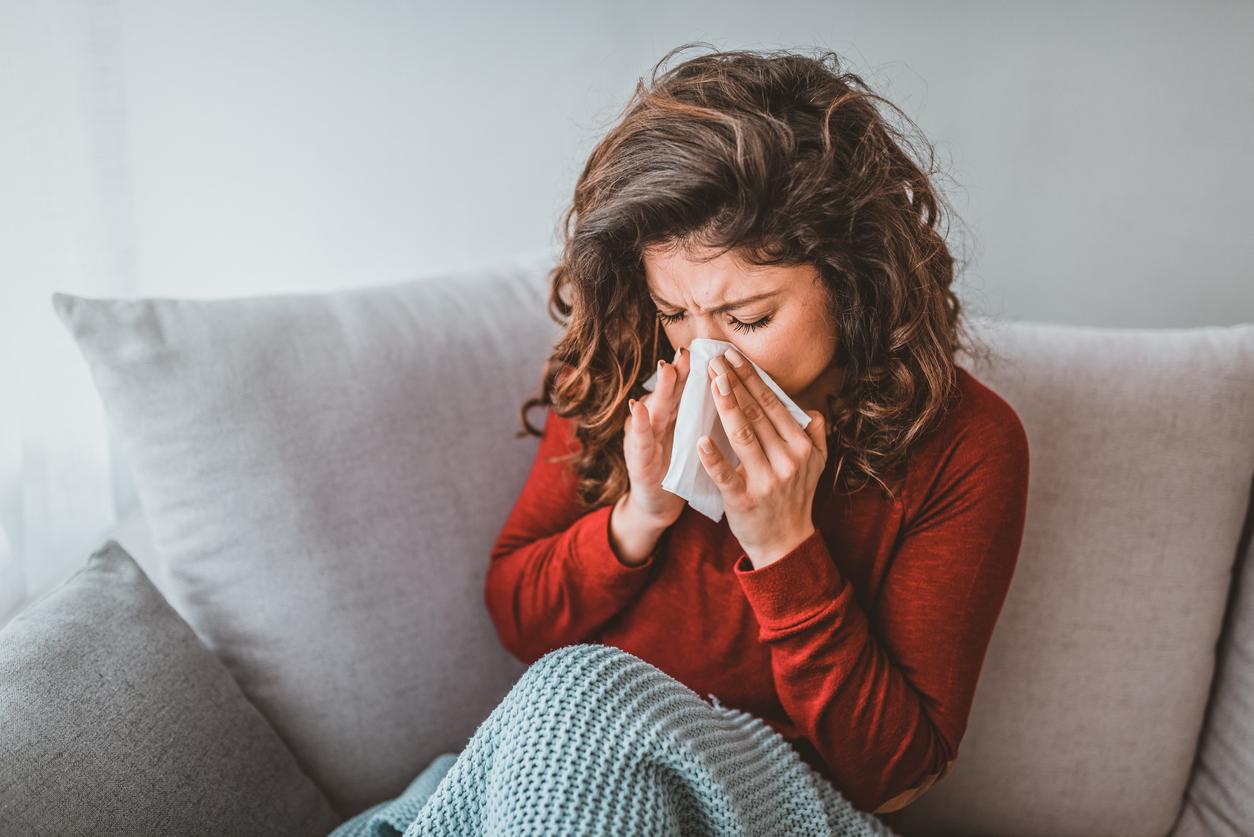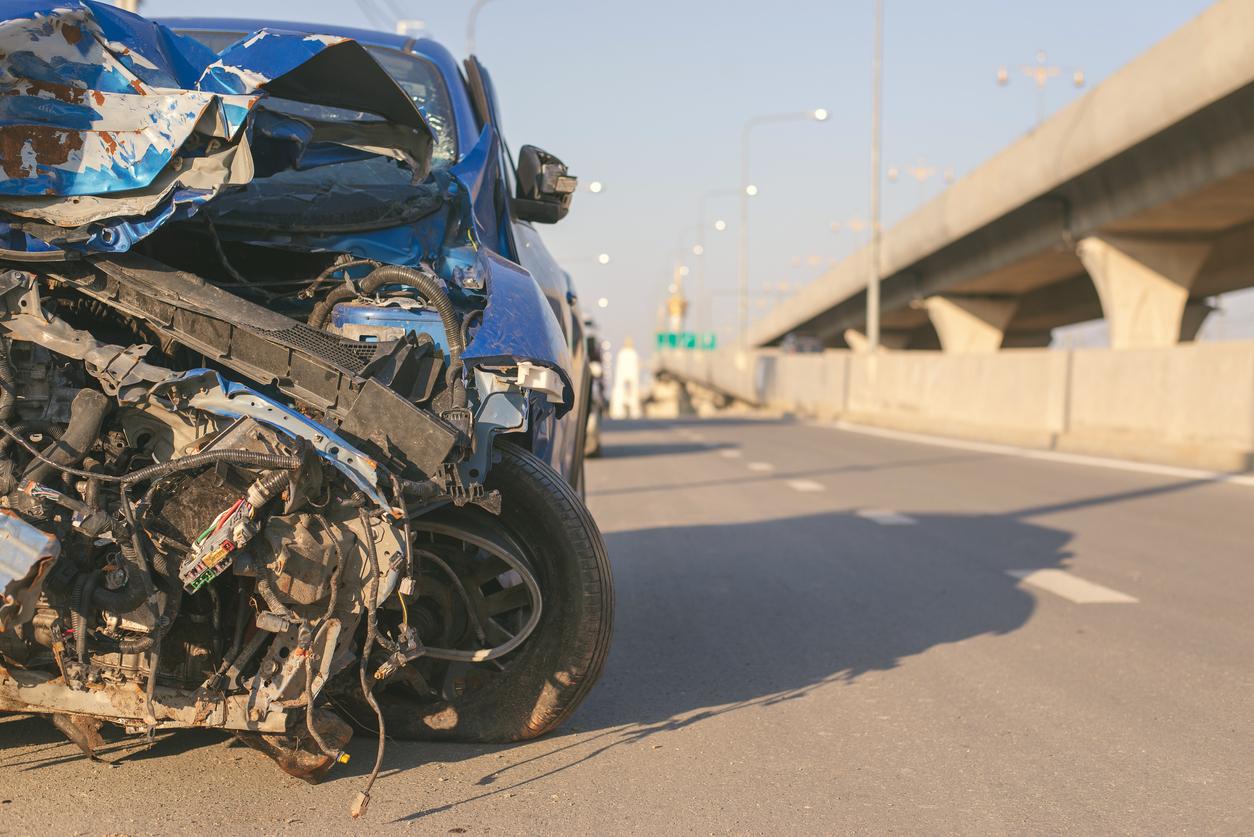In the United States, a 34-year-old woman who had been using UV cabins for a decade without protection developed a serious skin cancer. Surgery to remove the basal cell carcinoma left him with a hole in his left temple and irreversible nerve damage.

Maintaining a tanned complexion all year round thanks to tanning booths is not a risk-free practice for the skin. This 34-year-old American has experienced it. After spending more than a decade under the UV rays of tanning booths, Chicago-based Carrie Doles developed serious skin cancer at the age of 26. She tells her story in DailyMail.
“During university, I used to sunbathe every day,” says the young woman, who specifies that she was not careful to protect her skin before these artificial sunbathings. “I was young and I thought I didn’t need to take care of my skin. I put on SPF 15 sunscreen or any type of moisturizer.”
A basal cell carcinoma
In 2010, when she was 26 years old, Carrie Doles noticed that a scab the size of a pencil lead had appeared on her left temple. It fell regularly, before reappearing. After six months, the young woman decided to consult a dermatologist, who diagnosed her after a biopsy with basal cell carcinoma, a type of non-melanoma skin cancer which is manifested by the appearance of a small, very firm papule, painless, translucent and unpigmented – what Carrie Doles had on her left temple. The lump may enlarge and scab over, bleed, or develop into a painless ulcer.
A few weeks after the diagnosis was made, the young woman was operated on to remove the carcinoma. Six operations were necessary to remove the cancerous cells. The surgery then left him with a hole several centimeters in diameter in the side of his face. Noting the absence of nerve signals, the doctors scheduled an intervention with a plastic surgeon the next day to stitch up the hole. “I had to go home, clean and treat my open wound myself. I couldn’t eat anything because of the surgery in the morning and I couldn’t take painkillers,” says Carrie Doles.
Irreversible loss of nerve endings
But her ordeal did not end there, since her cancer reappeared in 2014. She was operated on twice again, but the interventions did not completely repair the nerve damage. “I was told this time it could take about a year for the nerves to come back.”
“I still have mild paralysis on my left side. The scar area is super sensitive. I can’t put any pressure on it or let anyone touch it. My eye is still constantly crying. Every now and then I get terrible headaches. head. I feel like I’ve been struck by lightning there. I still can’t raise my left eyebrow.”
A “proven” cancer risk according to ANSES
From now on, the young woman takes great care of her skin and has definitely stopped tanning booths. “I always wear an index 30 cream the day before my makeup, even in winter. I no longer expose myself to the sun and if I am outside, I wear a wide-brimmed hat and seek the shade as much as possible. I also use moisturizer every day and every night.” She also does prevention in schools to inform young women about the dangerousness of UV cabins.
Still authorized in France, tanning booths could soon disappear. On October 10, the National Health Security Agency (Anses) called for their ban for “proven” cancer risk. The agency asks the public authorities to put everything into effect to put an end to the exposure of the population to artificial UV rays. “We recommend stopping the activity linked to artificial tanning, and also stopping the sale of devices delivering UV for aesthetic purposes, in particular to individuals”, explains Olivier Merckel, head of the unit. physical agent risk assessment at ANSES.

.
















